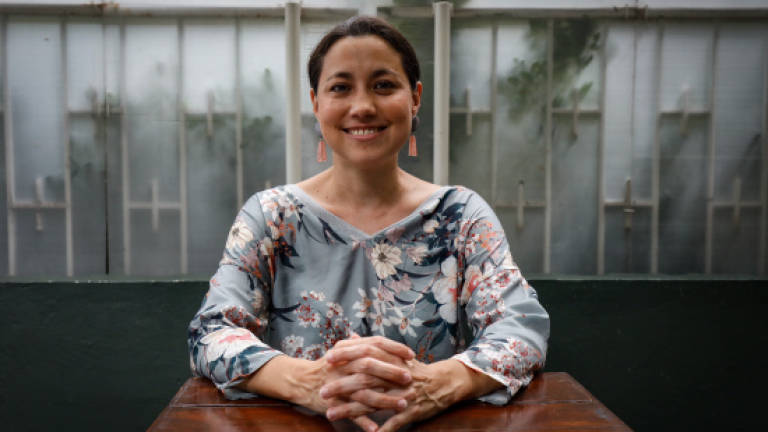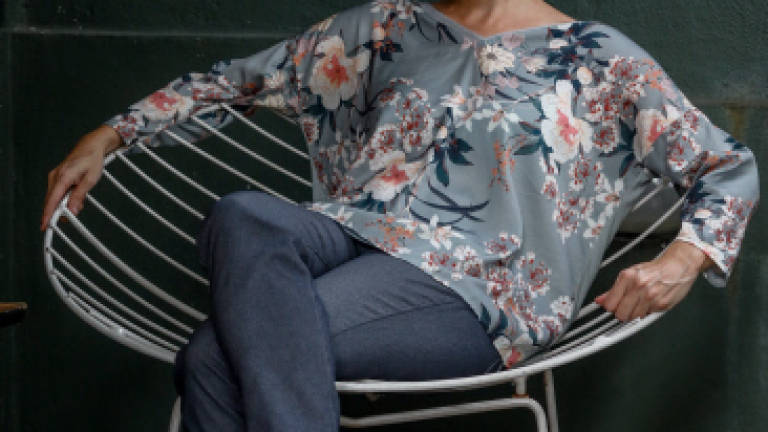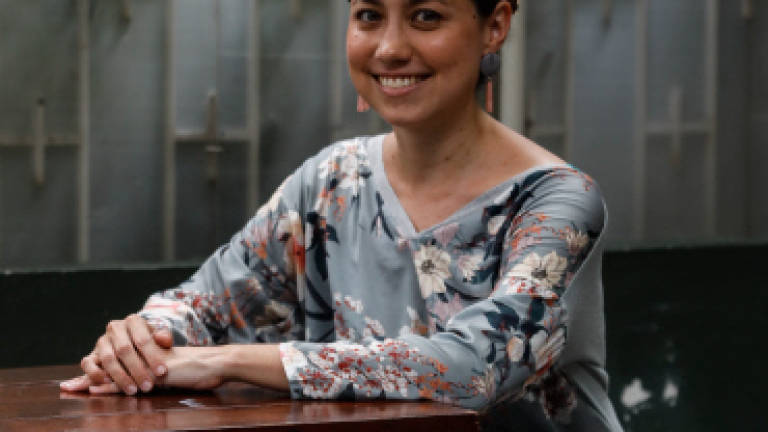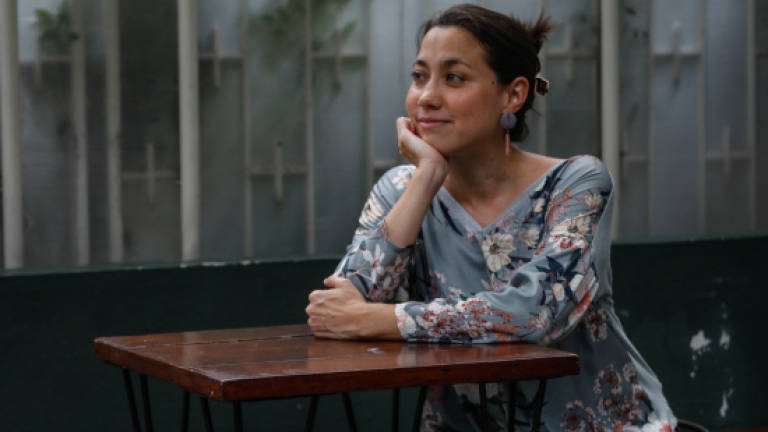Dancing in place




EVERY day, throngs of visitors are drawn to the many historical landmarks in central Kuala Lumpur.
Among the key attractions are the pre-colonial shophouses located along Medan Pasar and Chinatown.
The old shops that line the sidewalks offer cheap bargains, enticing visitors to explore the vicinity, where more and more of the old often has to give way to the new.
One such area is the first phase of the River of Life project, beginning at the iconic confluence of the Gombak and Klang Rivers, where Masjid Jamek is located.
This year at Urbanscapes 2018, Dancing in Place – a site-specific dance experience – attempts to reinterpret key locations around the nation’s capital through evocative movement, by recognising historically-significant points and shedding light on the stories it shelters.
Spread across three weekends, beginning Nov 3 and 4, the tour will have audiences walk from Urbanscapes House in Jalan Hang Kasturi to the River of Life, Medan Pasar, and Chinatown, while dancers showcase their work.
While there are efforts in upping the aesthetic appeal of these four important points of the city, the often overlooked communities are what truly forms the beating heart of the city.
According to Bilqis Hijjas, MyDance Alliance president and founder of Dancing in Place, the city council’s effort at making the River of Life area “a more usable urban space” does offer “quite lovely” walks along the river, but poses some emotional disconnect.
She explained in a recent interview: “In some ways, this conflicts with the idea of Chinatown as it is, as a place now, which for most people, we associate it with poverty and crime, and drug use and homelessness.
“And to be perfectly fair, that’s true. There are a lot of homeless people in Chinatown … because they have nowhere else to go.
“It’s a cheap area where they can find refuge, and they can find food, and presumably they can also find drugs.”
The contemporary dance expert and Harvard graduate explained the “desire to smarten up the area” is understandable “from a city council point of view,” but everyday issues require digging deeper.
Bilqis said: “They (city council) don’t seem to be doing anything to really address the root causes of why people who we consider to be undesirables take shelter in places like these.”
She added: “You can’t just sweep them under the rug. You can’t just make a pavement pretty, and expect that they’ll go away.”
This is the experience that Dancing in Place 2018 at Urbanscapes aspires to bring audiences, one that is “interesting”, and “not about people having a ‘yay’ fun time,” insists Bilqis.
Each dancer will come up with an interpretation of the site in this artist-driven practice, where the space is utilised after feeding off information and historic details of Kuala Lumpur.
She said: “So the artists who are working in the space also have a responsibility to not just make everything look beautiful and like, hunky dory, ‘let’s have a beautiful weekend out’, and like, ‘watch pretty ballet girls under trees’.
“It’s not about that.
“It’s about helping the audience find a point of access to looking at the community, to looking at the space, to seeing the people who are there – the homeless people, and the drug addicts.
“To realising that they are part of this fabric, this urban fabric, and also delving back into the history of Kuala Lumpur.”
The artists who showcased their work in the first week of Dancing in Place include Lim Pei Ern; Rathimalar Govindarajoo & Kishore Kumar; Khairi Mokthar & Ng Xinying; Naim Syahrazad, Imran Syafiq, Kimberly Yap, Faliza Saad, Mohd Zulkarnain, and Sue Ki from ASK Dance Company.
Meanwhile, tomorrow and Sunday, Alla Azura Abal Abas, Balletbase, Lee Ren Xin, and ASWARA Faculty of Dance will be showcasing their work.
Next weekend on Nov 17 and 18, visitors can witness works by Rithaudin Abdul Kadir; Joanna Tan, Al-Jabar Laura, and Lau Beh Chin.
Naturally, Bilqis acknowledges the responsibility of knowing the spaces we occupy – both past and present – to create artwork that resonates with audiences.
As she puts it: “We have to use the reality of life as it is now, and [have] an awareness of the history that’s been in this place to feed into the artwork that we make, and somehow give the audience access to both of those perspectives.”